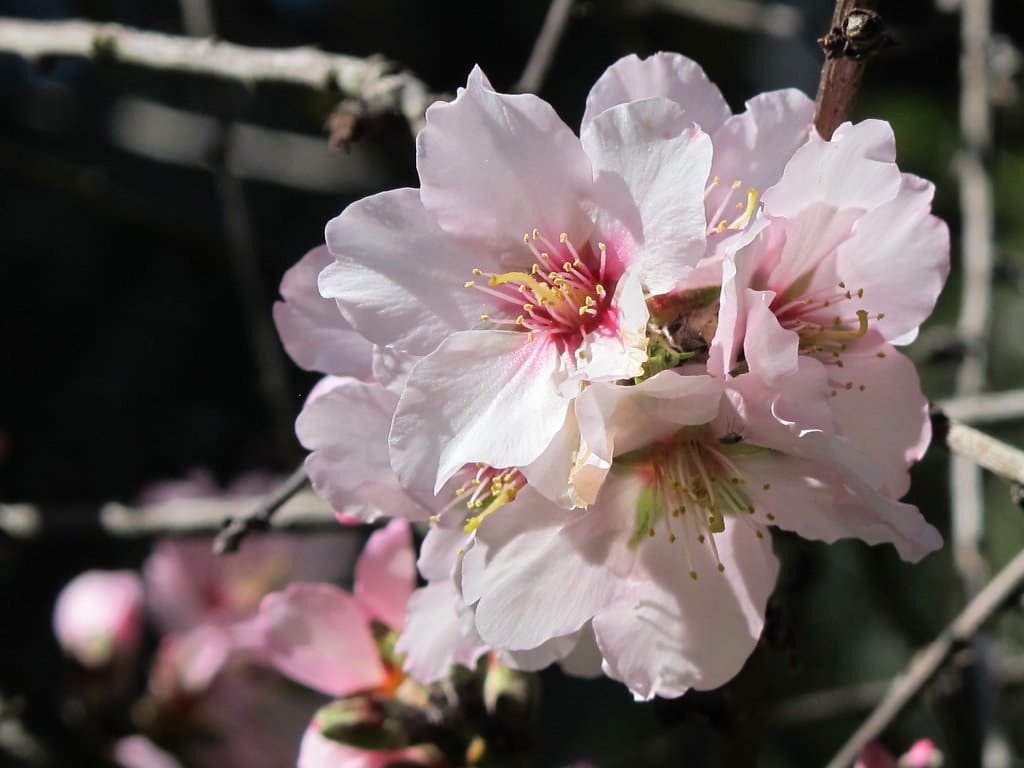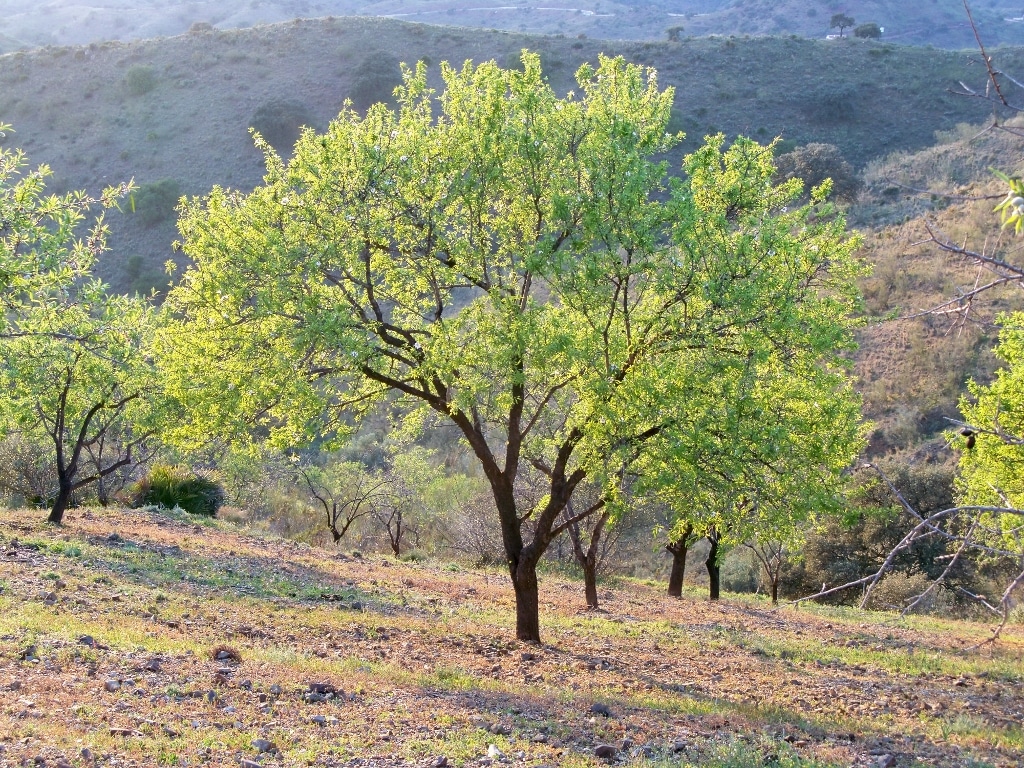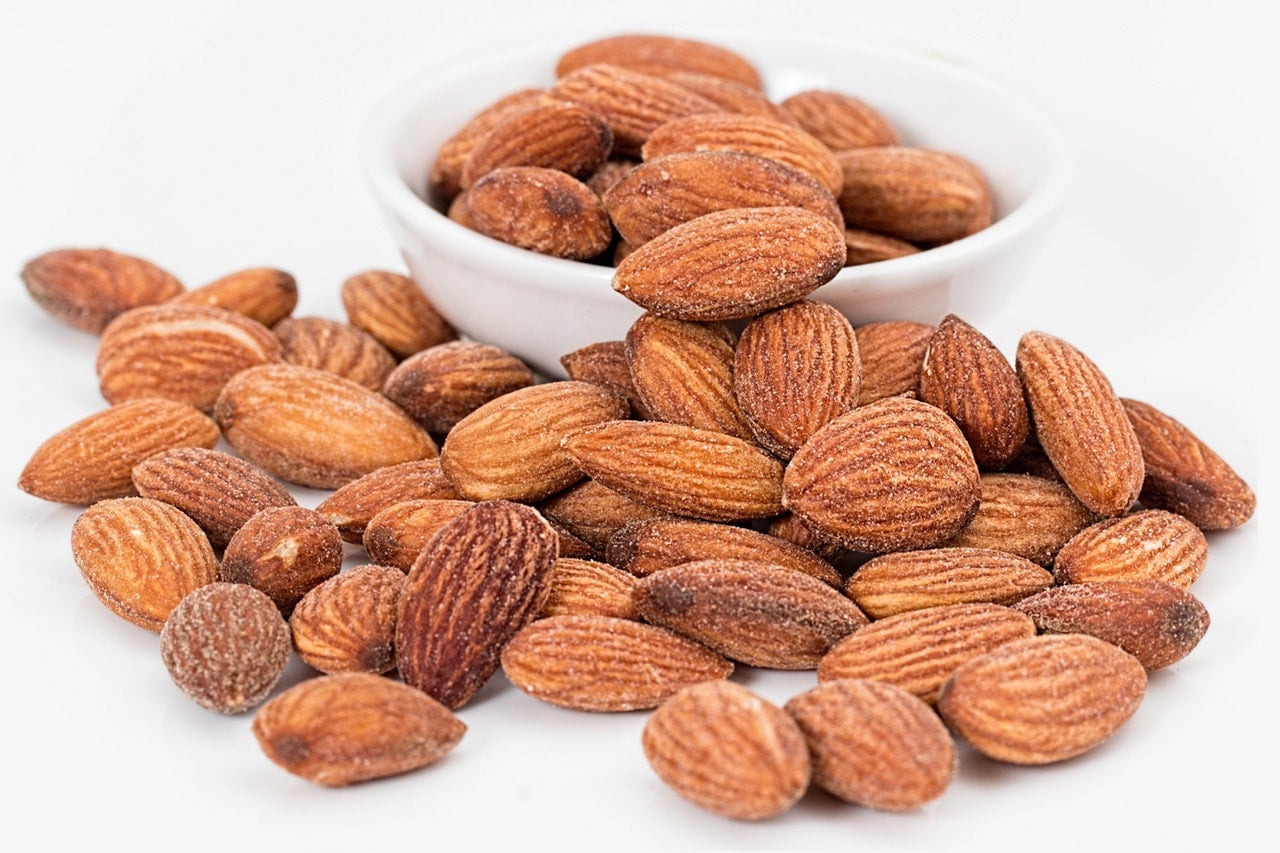
Image from Flickr/El Coleccionista de Instantes Photography & Video
El Almond, much better known as the almond tree, is one of the most interesting deciduous fruit trees for warm-temperate climates. It supports limestone, but it is also one of those that need less cold hours to produce its fruits. In fact, it is one of those that best bears fruit in regions with a climate as mild as the one in the Mediterranean, where the thermometer rarely marks temperatures close to seven degrees below zero.
On the other hand, we also have to talk about its ornamental value. During the spring it is dressed in beautiful flowers, and soon after its leaves sprout that will end up giving a very pleasant shade.. Later, those petals will fall, exposing the almonds in the process of ripening... and that in a few more months you will be able to eat.
What is the origin and characteristics of the Almond?

Image sourced from Wikimedia/Daniel Capilla
The almond tree is a small deciduous tree or shrub native to central and southwestern Asia, as well as North Africa. Today it is naturalized in much of the Iberian Peninsula, as well as in the Balearic Islands. Its growth rate is slow-medium; in other words, if the conditions are right, it grows about 10 to 20 centimeters per year. The height, once reached adulthood, is about 8 meters, although in cultivation it is difficult to let it exceed 3-4 meters to make it easier to collect its fruits.
Its crown is rather rounded, somewhat open but very dense, formed by simple, alternate, lanceolate leaves with a serrated margin. These measure 4 to 12 centimeters long by 1,2 to 4 centimeters wide. Blooms in spring, before the budding of the leaves. The flowers are white or pink, and measure 1,5 centimeters in diameter.
After pollination, the fruit begins to ripen, which will end up becoming a drupe 3 to 5 centimeters in diameter inside which we will find the seed, which is none other than the almond. The maturation process takes about 5 to 6 months..
What uses is it given?

El Almond it has several uses. For example, the best known is the edible. Almonds can be eaten even when they are still green, although they have a more pleasant flavor when ripe. In fact, the latter are consumed either fresh, or as ingredients in desserts such as nougat, cakes, ice cream,... and even as vegetable milk (the so-called almond milk, which is highly recommended if you have lactose intolerance).
Another use is the medicinal. Almond oil has been used for dermatitis, dry skin, minor burns, and even constipation. Although it is important to consult a doctor before carrying out any treatment, because not all bodies react the same to the same products... and you have to take care of your health.
Finally, another widespread use is the ornamental. It is a very beautiful tree that provides good shade, resists high temperatures, and looks great in small gardens. It is also sometimes worked as bonsai.
What are the almond tree care?

The almond tree is a tree that has to be grown outdoors. Its roots are not invasive, but so that problems do not arise, it is recommended to plant it at a distance of at least five meters from walls, pipes, etc. In this way, you will be able to contemplate it in all its splendor from the first moment. Yes indeed, the land must be fertile and have good drainage, preferring limestone soils.
It needs moderate watering, especially in summer. In principle, it is advisable to water 2-3 times a week in that season, and a little less the rest of the year. Take the opportunity to fertilize it with some organic fertilizer, such as manure or guano, during all the warm months.
It can be kept in a pot with mulch mixed with 30% perlite, but the transplant is delicate. We must try not to manipulate its roots, so the container must be changed when we are really sure that it has rooted well; that is, when the roots come out of the drainage holes. The transplant is carried out in spring, before the budding of the leaves.
Resists frosts down to -7ºCas well as short periods of drought.